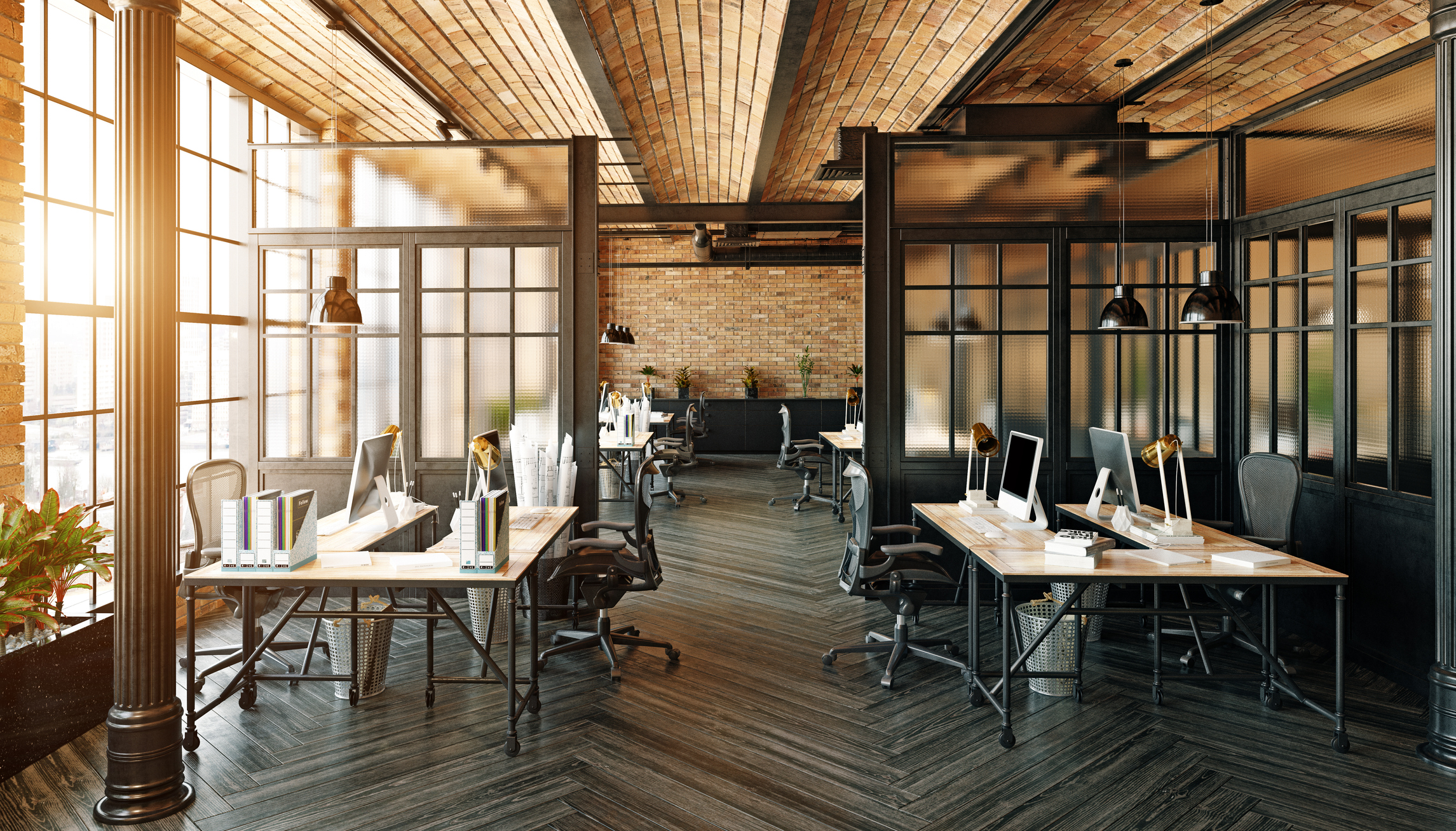We often hear the stat that commercial buildings account for 40% of global carbon emissions, according to the World Green Building Council. But in a recent JLL report on decarbonizing cities and real estate, researchers found that figure to be much higher. The report, based on audits across 32 global cities, showed the contribution to carbon emissions was 60%. And in some cases, it was upward of 70% in key business centers like London, Tokyo, Washington D.C., New York, and others.
“That’s the bad news,” said Ramya Ravichandar, VP of Sustainability Products at JLL Technologies, during the recent Washington Post Live webinar, Protecting Our Planet: Energy Efficiency. “The good news is that government policies are pushing property owners to meet new sustainable LEED requirements. We’re seeing this flurry of mandates to lower emissions in the near future.”
One example, Ravichandar called out, is New York Local Law 97 that will go into effect in the next two years. It will apply a financial penalty to buildings that breach a set emissions limit. Boston’s Building Energy Reduction and Disclosure Ordinance is another example. That one’s goal is to gradually reduce emissions from large buildings to net zero by 2050. The ordinance gives the city the authority to set carbon targets.
(Quick tip: Check out this blog for a rundown on some of these mandates and tips for how you can prepare.)
Create Sustainable Commercial Buildings with Smart Tech
The commercial real estate (CRE) industry has turned to tech to help in its sustainability efforts. CRE leaders have started to focus on making their properties intelligent as a way to create sustainable commercial buildings.
Why? “The one-word answer I have for you is data,” Ravichandar said. “As an industry, we’ve always had data, but it was in silos, incomplete, and frankly, a lot of it just plain unusable. With new smart tech that’s coming into play, we can now solve that first problem.
“Whether it’s reading real-time energy data from your meters or tracking occupancy trends on different floors, when you start getting access to accurate timely data, you have the right foundation to build out applications that solve specific sustainability-related problems. If you want to know baseline emissions, check. If you want to optimize energy distribution in your portfolio, can do,” she said.
Ravichandar pointed to the virtual engineering platform Hank. Hank uses machine learning to control a building’s HVAC systems. It does this by creating a digital twin of the building and generates a full-system audit. And it’s all done autonomously. So, in the process, Hank delivers on:
- energy savings,
- tenant comfort; and
- indoor air quality.
“That’s an example of how technology can be used to collect building data points, transit, normalize it, and then run your mission learning algorithms to make the building more receptive to dynamic emissions,” Ravichandar said. “And the really good news is buildings don’t have to be new to implement this technology.”
Hank integrates with existing BMS/BAS. That means no new capital equipment costs are needed. You can learn more about Hank here.
It’s Time to Be Disruptive to Effect Change
Smart tech will be the backbone as CRE owners and operators work to create sustainable commercial buildings.
“The next few years, we should expect a more evolved interpretation of smart buildings. Today there are powering point solutions, pick your tenant experience or specific energy efficiency use cases. But I see a growing realization to achieve your ESG goals or sustainability goals. Smart buildings are the backbone,” Ravichandar said.
“They are the fundamental infrastructure pieces that can help accelerate your targets in a path to moving away from a report-centric culture to an action-oriented, solution-driven culture,” she added. “And the time we have to execute on these actions is rapidly shrinking. In the grand scheme of things, we had decades to address climate risk, and now it feels like we just have days. So, we can no longer be the weakest link in the chain. I’m going to say it is time to code our way out of this.”
Ravichandar’s top piece of advice for companies that want to adopt smart technology as they strive to create sustainable commercial buildings? Be disruptive.
“Sustainability is an urgent problem. It’s an emerging area, which means you have to be bold and disruptive when you think of the solutions. Test them, pilot them, but don’t shy away from trying something new,” she said.
Are you strategizing for how you can create sustainable commercial buildings? We’d love to chat and show you how we can help. Contact one of our sustainability experts today!













